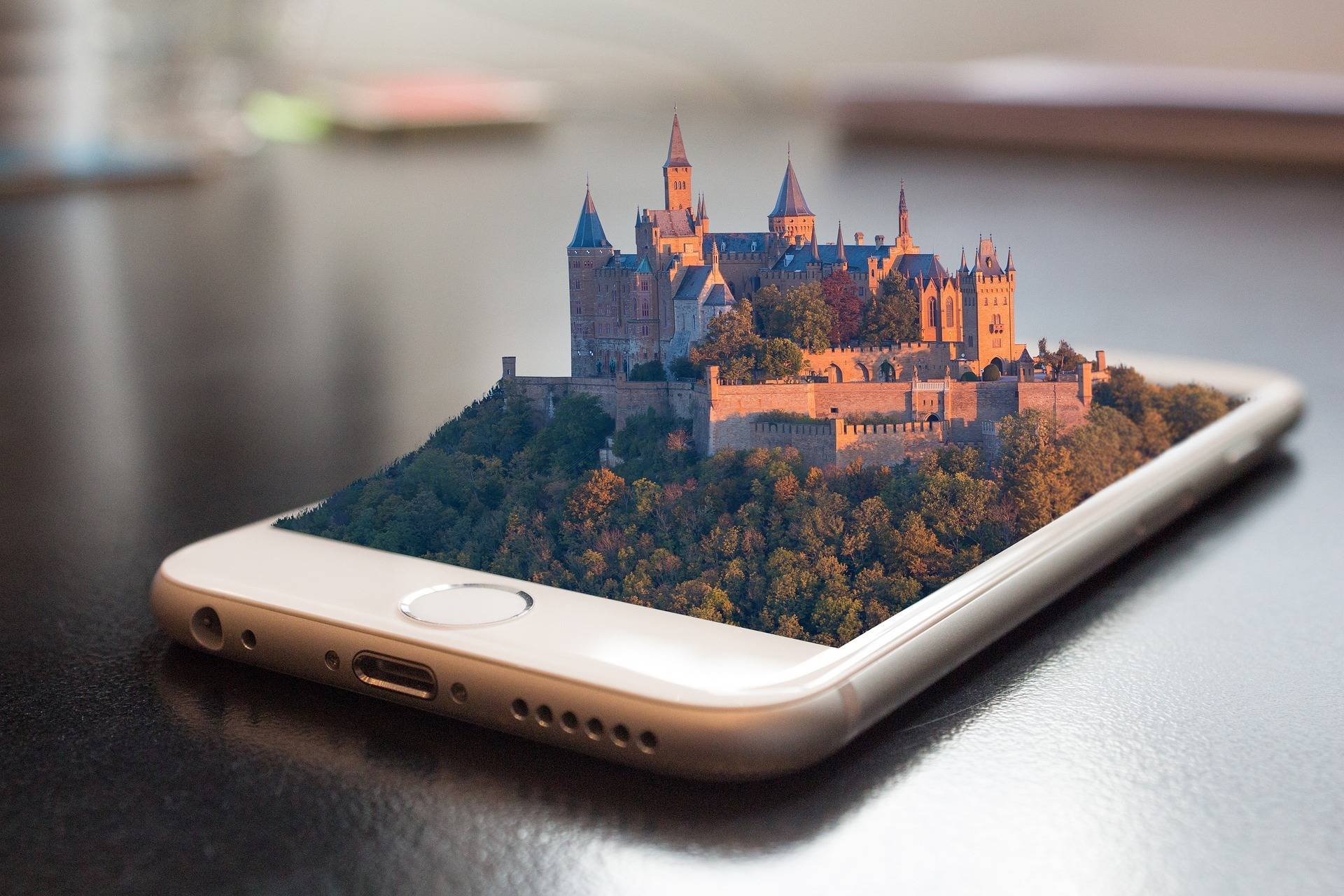
Six Things Brands And Agencies Need To Know Before Making Augmented Reality Campaigns
At NVE, we’re always looking for ways to enhance our experiences with new technology. Augmented reality (AR) has helped us achieve the seemingly impossible, like recovering lost LA street art. But AR campaigns are difficult and must be approached with care.
We launched a campaign for El Pollo Loco that celebrated Hispanic Heritage Month and showcased painted-over murals that were only viewable via AR in their original locations. Using Snapchat’s built-in functionality, we restored the iconic artwork that had been forgotten as the area developed. USA Today ran a feature on the activation and the official YouTube video garnered over 120,000 views.
We have also used AR with Budweiser to create an interactive basketball-themed mural at Staples Center. We activated at Dodger stadium using Snapchat to give fans a virtual Dodgers baseball cap and eye black when they took selfies, transforming spectators into baseball players.
AR can combine the digital with the physical, merge the past and the present and bring marketing from the screen to the street. But AR is also relatively new, and it’s rapidly evolving. Without giving away all of our secrets, I’m sharing what we’ve learned about AR to make it more accessible for your potential campaigns:
Start with the big idea.
Begin by identifying the central theme of your campaign. Clarifying the big idea will establish a foundation and help you decide what tools to use. It’s okay if the finer details aren’t in place yet—at this point, you’re defining objectives and moving toward execution. This is the time to ask if AR will really help you achieve your goals.
For instance, if your objective is to expand consumer awareness of a new product to a nationwide audience, but your agency is set on implementing an expensive AR element that will only be viewable in a geofenced local area, you might want to reconsider.
The tech should match the context.
AR was a natural fit for our El Pollo Loco activation. It was a unique way to foster cultural Hispanic connections in LA and give a permanent home to impermanent street art. The urban setting also provided a perfect backdrop and was able to take advantage of places that already had heavy foot traffic.
When planning your AR campaign, always consider how users—and by extension, their devices—will interact with their surroundings. The AR imagery should pair well with the environment and the design should stand out.
For example, if your design makes heavy use of horizontal lines, it would get lost if users pointed their phones at a brick wall. And while it might seem like a no-brainer, you should also aim to activate in popular areas.
Choose your tech wisely.
Each platform has its advantages and disadvantages. While Instagram boasts a broad user base, brands have to pay to activate an AR campaign on the platform. Snapchat also maintains a broad user base and it’s available for free, but your build is limited because you’re designing with their proprietary tools on their platform.
You can choose to create a customized app if you don’t want to limit your build, but because users have to download your app before activating, there’s a higher barrier of entry. Unlike Instagram and Snapchat, they don’t already have your app on their phones, which could affect overall interaction.
Test, test, test.
Small details can make or break the campaign, so it’s a good idea to establish proofs of concept and test them ahead of time. Scout every single location and run tests during different times of day. Changes in lighting or other environmental factors can affect the overall experience. This can help you avoid obvious pitfalls, like places with poor cell service, and troubleshoot any issues before users interact with the space.
Make sure your target audience knows how to use the campaign.
Messaging moves users through the experience, so be sure to make it a priority at the outset. If you’re building your campaign on Instagram or Snapchat, chances are most of your users will already know how the technology works and will need minimal prompting.
On a custom build, however, messaging will do a good deal of heavy lifting. If the experience is inaccessible, then the campaign will be lost. Identifying your target audience, as well as the desired platform, can help you determine how much and what kind of messaging you’ll need to move users along with minimal friction.
Make the experience meaningful, useful and fun.
We always look to these three ideas—meaning, useful and fun—to help us build successful AR experiences, and yours should check the same three boxes.
For our El Pollo Loco campaign, we worked hard to make the experience a meaningful celebration of Hispanic Heritage Month that extended beyond brand awareness. LA is home to vast neighborhoods and distinct cultural identities, but paying tribute to iconic street art was a valuable way to unify a city that’s characterized by sprawl. The AR campaign was also a useful tool that became part of larger marketing objectives built around street art and murals. Many El Pollo Loco locations were outfitted with murals that helped reengage the community and expand the company’s internal focus to external community awareness. But don’t forget that an AR campaign should always be fun; it’s an opportunity for users to interact with familiar surroundings in new and exciting ways. By using your brand as a tool for fun, you create lasting impressions and positive associations.
As we build our interactive practice, I’ve learned that using cutting-edge technology in our experiential campaigns requires thoughtful consideration and alignment with overall marketing objectives. But it also encourages a spirit of innovation that helps us stay ahead of the game and create unforgettable experiences. AR capability is constantly changing, which means it’s becoming easier to harness and integrate smoothly. It could be exactly what you need to elevate your next brand awareness campaign, and I encourage you to take advantage of it.
Source: forbes.com


